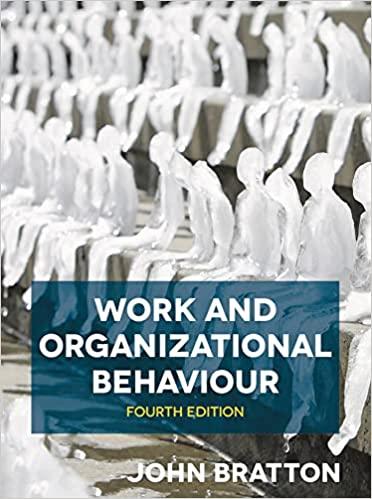1. What were the disadvantages of using a questionnaire in this case? In 2008, the Department of...
Question:
1. What were the disadvantages of using a questionnaire in this case? In 2008, the Department of Health in the UK commissioned Dr. Steve Boorman to conduct an independent review of the health and well-being of National Health Service (NHS) staff and its links to productivity, efficiency and patient experience. It was hoped the review would shed some light on how the NHS, Britain’s largest employer, could reduce the 10 million working days that were lost each year to employee absenteeism, which was costing the NHS £1.7 (€1.9) billion per year.
As part of his review, Dr. Boorman carried out a major staff survey across the NHS. He discovered that more than a quarter of staff absences were due to stress, depression and anxiety issues. Of particular note, staff reported that they did not believe senior managers took a positive interest in their health and wellbeing.
With 80% of the 11,337 survey respondents stating that their state of health affected patient care, this became an important part of the review.
In his final report, Dr. Boorman endorsed the placement of the workforce’s health and well-being at the forefront of the NHS’s mission and operations. In addition, Dr. Boorman called for all NHS employees, from the ward to the board level, to take on the responsibility of ensuring the health of staff remained of crucial importance.
In his recommendations, Dr. Boorman placed a strong emphasis on management training and leadership development focusing on the link between staff health and well-being and performance, and suggested management’s actions towards this be built into their performance assessments. Dr. Boorman also saw staff engagement as being critical to the success of any implemented strategies. Ten years later, the findings of Dr. Boorman’s review are still acknowledged and the NHS annually conducts the largest survey of staff opinion, which provides insight into the experiences of people working in every NHS organization.
Step by Step Answer:







